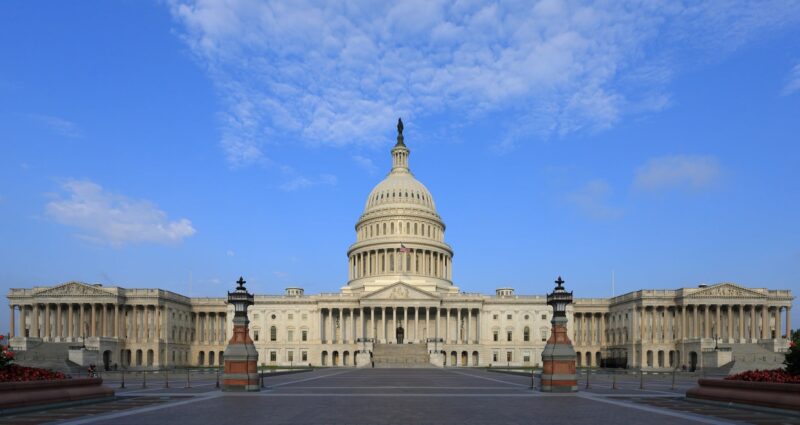
Nuclear Security & Deterrence Monitor Vol. 24 No. 47
Visit Archives | Return to Issue PDF
Visit Archives | Return to Issue PDF
Nuclear Security & Deterrence Monitor
Article 1 of 8
December 11, 2020
Congress Approves FY21 NDAA With Veto-Proof Margin, Passes Short-Term Budget Extension

The House and Senate both passed the 2021 National Defense Authorization Act with veto proof margins this week, sending the bill to President Trump’s desk where it remained at deadline Friday. The president had threatened to veto the measure, and its nuclear-weapons…
Partner Content